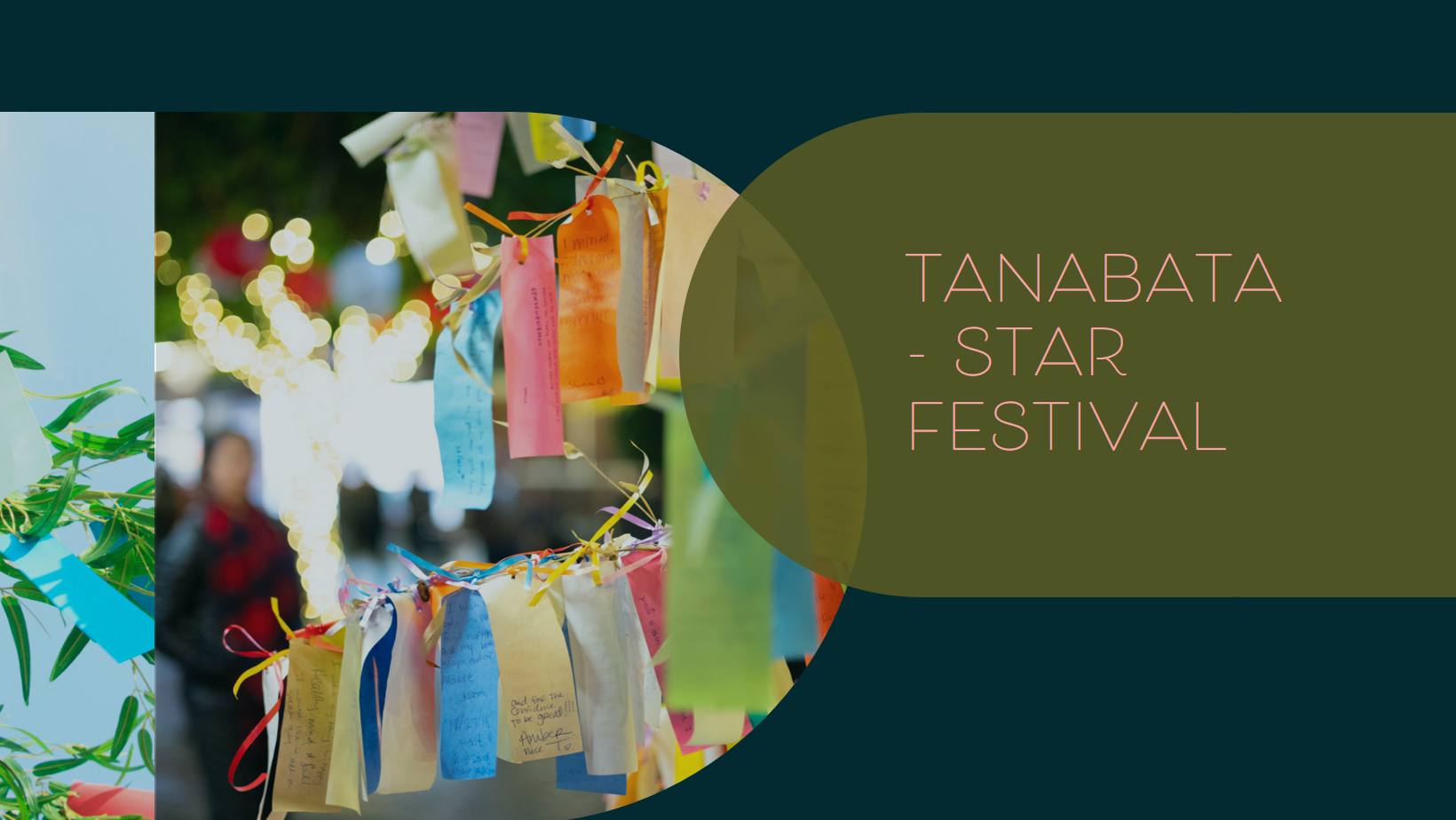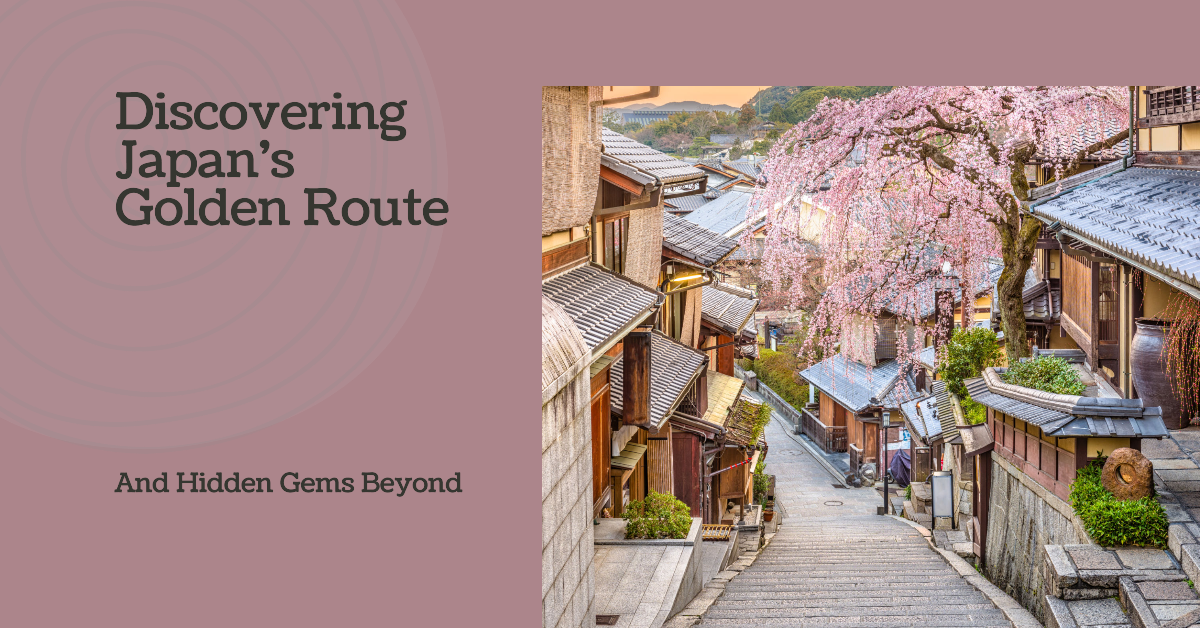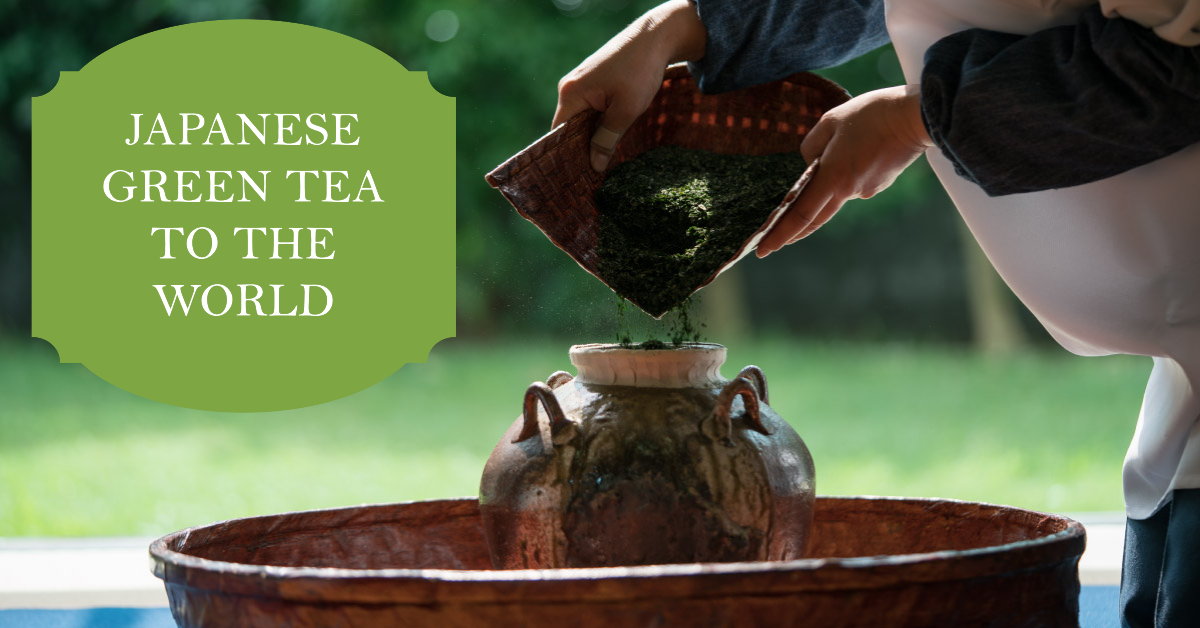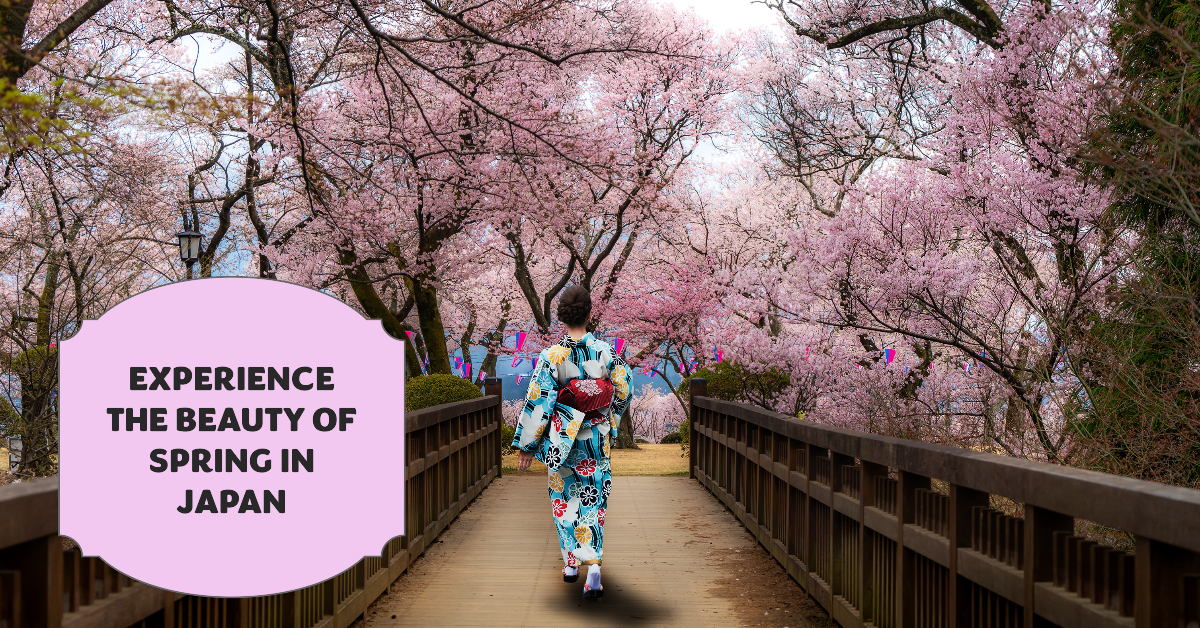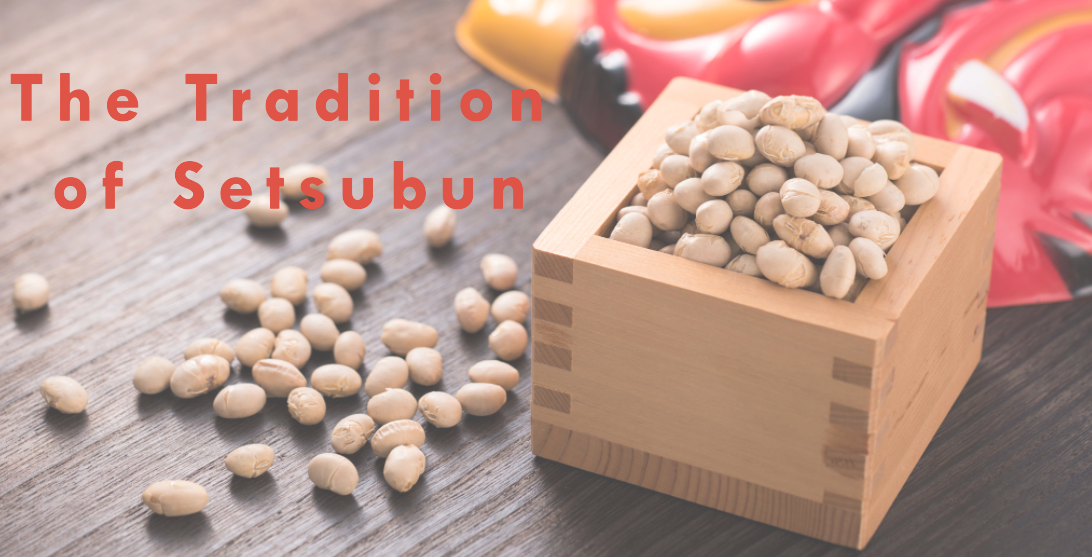Tanabata, also known as the Star Festival, is a beloved Japanese tradition celebrated on the 7th of July. Rooted in Chinese legend and enriched by centuries of Japanese culture, Tanabata captures the imagination with its romantic tale of star-crossed lovers and its vibrant, colourful celebrations. For tourists visiting Japan, Tanabata offers a unique opportunity to experience a blend of myth, tradition, and modern festivities. This article delves into the history, customs, and contemporary celebrations of Tanabata, highlighting key festival locations that visitors can explore
In This Post
Historical Background
The origins of Tanabata trace back to the Chinese Qixi Festival, which tells the story of the celestial lovers, Orihime (the Weaver Star, Vega) and Hikoboshi (the Cowherd Star, Altair). According to the legend, these two stars, separated by the Milky Way, are allowed to meet just once a year on the seventh day of the seventh lunar month. The tale was introduced to Japan during the Nara period (710–794) and merged with native traditions, particularly the Obon festival, creating a unique cultural event.

In its early days, Tanabata was an aristocratic event, with court nobles writing poetry and performing elegant rituals to honour the star-crossed lovers. Over time, the festival became more widespread, integrating local customs and evolving into the vibrant celebration it is today.
Tanabata Customs and Traditions
One of the most distinctive customs of Tanabata is the writing of wishes on colourful strips of paper called tanzaku. These wishes are then hung on bamboo branches, creating a beautiful, cascading display. The bamboo, considered a symbol of strength and resilience, is believed to help convey the wishes to the heavens.

In addition to tanzaku, Tanabata decorations often include fukinagashi (streamers), which represent the weaving threads of Orihime, and other symbolic ornaments such as cranes (for longevity), purses (for wealth), and nets (for good harvests). These decorations transform public spaces into stunning visual spectacles, especially when illuminated at night.
Traditional foods associated with Tanabata include somens, thin wheat noodles often served cold with various toppings. The noodles are said to resemble the threads Orihime weaves, adding a symbolic touch to the festive meal.
Tanabata Celebrations Across Japan
Tanabata is celebrated in various regions across Japan, each adding its local flavour and customs to the festival. Some of the most notable Tanabata festivals include:
- Sendai Tanabata Matsuri (Sendai, Miyagi Prefecture): Arguably the most famous Tanabata festival in Japan, Sendai’s celebration takes place from August 6th to 8th. The streets of Sendai are adorned with massive, intricate paper decorations, and the festival includes parades, fireworks, and traditional performances.
- Shonan Hiratsuka Tanabata Matsuri (Hiratsuka, Kanagawa Prefecture): Held in early July, this festival is known for its lively atmosphere and elaborate decorations. Visitors can enjoy street performances, food stalls, and a vibrant parade.
- Asagaya Tanabata Matsuri (Tokyo): Celebrated in early August, Asagaya’s Tanabata festival is renowned for its unique handmade decorations, often featuring popular characters from anime and manga. The festival also includes live music, dance performances, and numerous food stalls.
- Anjo Tanabata Matsuri (Anjo, Aichi Prefecture): Held in late July, Anjo’s festival features a blend of traditional and modern elements. Highlights include a grand parade, musical performances, and stunning night-time illuminations.
Tanabata for Tourists
For tourists visiting Japan during Tanabata, the festival provides a wonderful opportunity to immerse themselves in Japanese culture. Participating in the local customs, such as writing wishes on tanzaku and enjoying traditional foods, offers a hands-on experience of the festival’s traditions. Additionally, the visually spectacular decorations and festive atmosphere provide ample photo opportunities and memorable experiences.
Many cities and towns hold special events and parades, making it easy for tourists to find a local celebration. Besides the major festivals mentioned earlier, numerous smaller Tanabata events take place across the country, each offering its unique charm. Tourist information centres and local guides can provide details on nearby Tanabata celebrations, ensuring visitors don’t miss out on the festivities.
Tanabata is a celebration that beautifully intertwines myth, tradition, and contemporary culture, offering a rich and engaging experience for both locals and tourists. Whether you’re marvelling at the stunning decorations in Sendai, writing your wishes in Tokyo, or enjoying the lively parades in Hiratsuka, Tanabata provides a unique glimpse into the heart of Japanese cultural heritage. As you explore Japan during this festive season, may your wishes be carried to the stars and beyond, in the true spirit of Tanabata.

